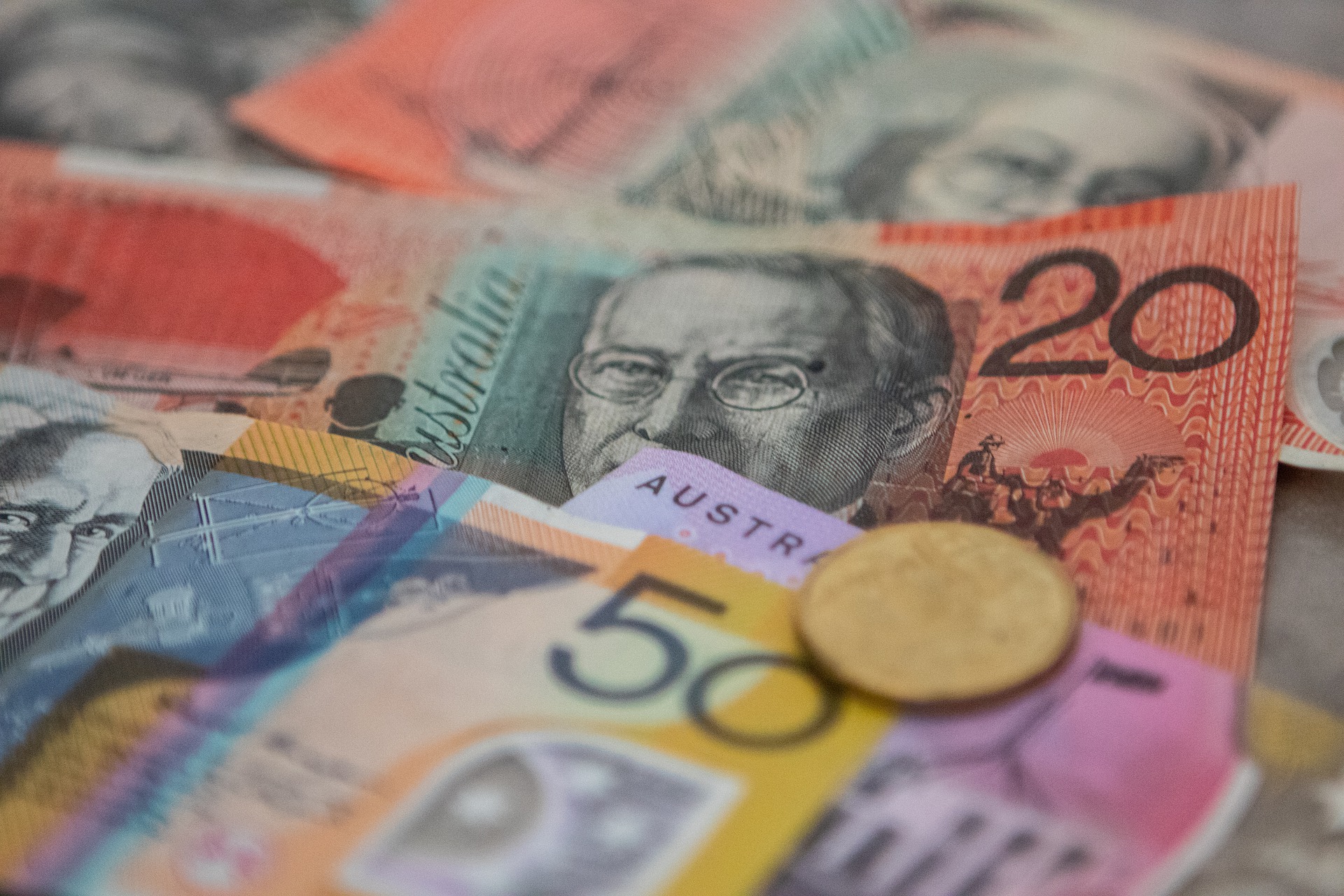Australia and Japan, major countries in the Asia-Pacific region, suffers an economic decline in early 2022 as a fresh wave of COVID-19 disrupts their service and manufacturing sectors. Australia was especially affected in both sectors, while things are not as bad in the Japanese manufacturing industry. However, the positive news is that selling price pressures abated in both countries to temper the recent inflation rise.
The most recent PMI data from IHS Markit Flash showed that there was indeed a reduction in activity in the private sectors of both Asia-Pacific countries in early 2022. This is a drop from the improvement in December’s PMI data, which in itself is the beginning of recovery from infection by the Delta variant of COVID-19. The drop this time around is caused by the effects of the Omicron variant of COVID-19. Australia’s PMI dropped to 45.3 this month, while Japan’s dropped to 48.8. These are their lowest since last September, and this marks their third cycle of economic decline as a result of the pandemic.
 Disruption to the Manufacturing and Supply Sectors
Disruption to the Manufacturing and Supply Sectors
In Australia, the service sector dropped twice as fast as the manufacturing sector. This was caused by a drop in demand for services as consumers reduced their use of services. The labor force was also depleted, which led to a shortage in supply. This was also the case with the manufacturing industry; reduced demand led to reduced production and then a disruption in supply.
Meanwhile, in Japan, despite the ravaging of the economy by the Omicron variant, the manufacturing sector has had only a little disruption and instead has kept progressing strongly, while activities in the service sector have dropped considerably in demand.
Selling Price Inflation Drops in Both Australia and Japan
The good news, however, is that despite the effect of COVID-19, there is a drop in selling price pressures generally in the Asia-Pacific countries this month. In Australia, selling price pressure dropped, but input price inflation is still on the rise. The pandemic increased the cost of firm inputs, which wasn’t adequately transferred to the output due to low demand. However, in Japan, there is a reduction in both selling price pressure and input price pressure. But there is a risk of a revival of selling price inflation, as evidenced in previous cycles. And there is the possibility of an increase in demand as the pandemic effect fades, which will lead to an increase in inflation.
But there is a risk of a revival of selling price inflation, as evidenced in previous cycles. And there is the possibility of an increase in demand as the pandemic effect fades, which will lead to an increase in inflation.
Both countries have reacted in different ways to the fresh COVID wave, with Japan taking the stricter measure of restrictions. If this situation persists, we could see a drop in the price of both the Australian Dollar and the Japanese Yen against the dollar. And a ranging pattern could be resumed when the two currencies are paired against each other.
Note: Forexschoolonline.com is not a financial advisor. Do your research before investing your funds in any financial asset or presented product or event. We are not responsible for your investing results.


Leave a Reply